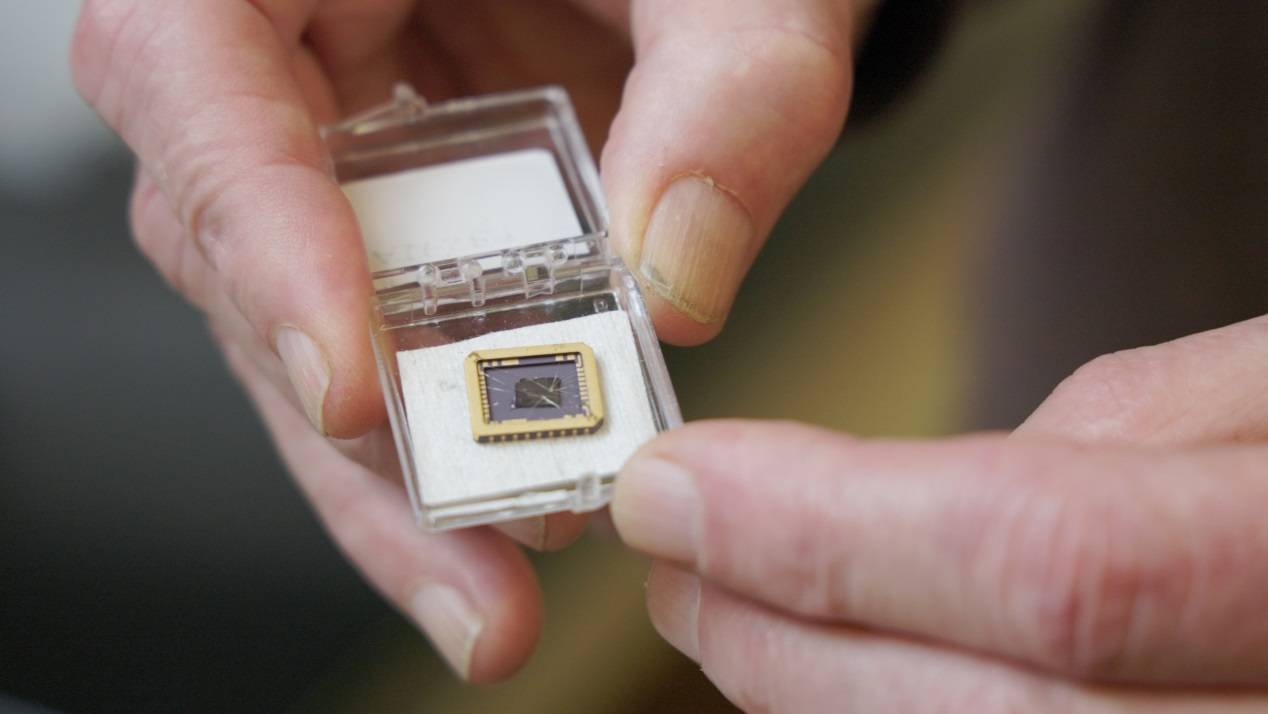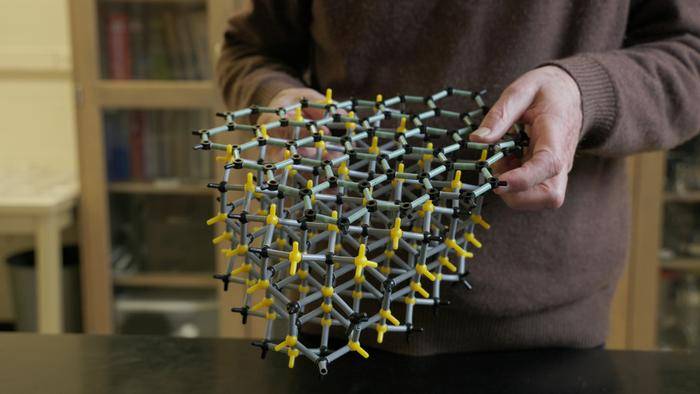Researchers at the Georgia Institute of Technology in the United States have created the world’s first functioning semiconductor made of graphene. This groundbreaking development paves the way for the creation of entirely new electronic devices. The research has been published in the journal Nature.

Graphene comprises a single layer of carbon atoms bonded together by the strongest known interatomic bonds. Semiconductors are materials that conduct electricity under certain conditions and are fundamental components of electronic devices. One of the longstanding issues in graphene electronics is the lack of a suitable bandgap, which is necessary for turning devices on and off at correct ratios. For years, many have tried to address this challenge using various methods. The latest technique accomplishes the creation of a bandgap, a critical step for developing graphene-based electronics.
The breakthrough came when the research team grew graphene on silicon carbide wafers using a special furnace. They produced epitaxial graphene, which is a single layer formed on the surface of silicon carbide. The research found that when properly manufactured, epitaxial graphene chemically bonds with silicon carbide and begins to exhibit semiconducting properties.

However, to create functional transistors, extensive manipulations of semiconductor materials are necessary, and this can compromise their performance. To demonstrate that their platform could function as a viable semiconductor, the team needed to measure its electronic characteristics without causing damage.
They placed atoms onto the graphene, utilizing doping techniques to “donate” electrons to the system to see if the material was a good conductor. Measurements indicated that the mobility of their graphene semiconductor was ten times that of silicon. In other words, electrons move with very little resistance, which means faster computing in electronics. The researchers likened it to driving on a highway compared to a gravel road: it’s more efficient, heats up less, and the higher speed means electrons can move faster.
The newly developed product is currently the only two-dimensional semiconductor with all the necessary characteristics for nanoelectronics, and its electrical properties significantly surpass those of any other two-dimensional semiconductor currently under development.
The researchers suggest that epitaxial graphene could lead to a paradigm shift in the electronics field, resulting in new technologies that leverage its unique properties. This material allows for the quantum mechanical wave nature of electrons to be harnessed, meeting the requirements for quantum computing.
(Source: Science Daily)